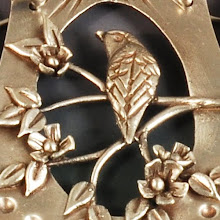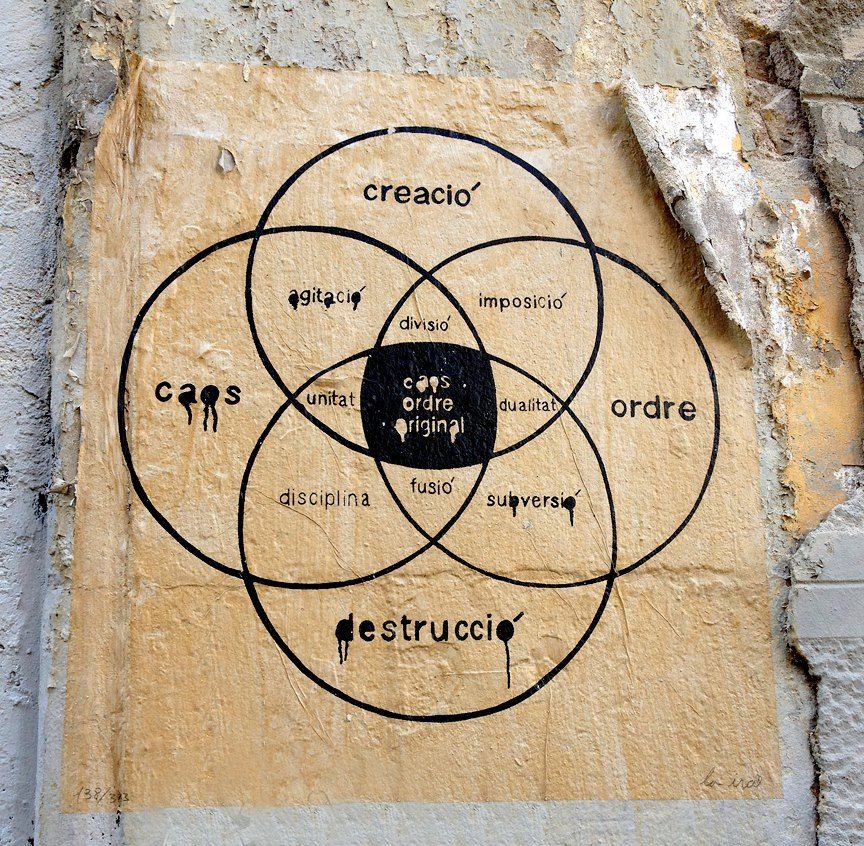Argentium IS sterling silver. It actually has more fine silver than conventional sterling, 935 vs 925 parts out of 1000. But whereas conventional sterling has 75 parts copper, Argentium has 55 parts copper and 10 parts germanium. That little bit of germanium changes everything. As of today, one ounce of sterling wire is priced at $32.25, whereas Argentium is $34.90, or about 8% higher.
While there are now many new alloys hitting the markets, patented Argentium is unique because of its germanium content. Germanium loves oxygen even more than copper does, so it will travel to the surface where it scavenges oxygen to make a clear germanium oxide layer and exclude black copper oxides -- NO fire scale! The lack of fire scale means no aggressive and toxic pickles are needed to remove the copper oxides from the surface. Mild citric acid, vinegar with salt, or even simple boiling water are quite sufficient to remove the remains of flux. After years of atmospheric exposure, Argentium develops only a mild golden patina.
Germanium also changes many other properties of the alloy relative to conventional sterling. Argentium is brittle when hot, so traditional jewelers may be off put by their first interactions with this new material. Touch the hot metal with a tool and it will crack or even shatter. Quenching is also to be avoided, since the metal is so brittle when hot. Simply air cooling for a few seconds longer, or placing on a metal block to suck the heat out faster, will avoid this frustrating issue. No more than a mild sizzle when hitting the water should ever be heard.
I started using Argentium silver several years ago because it forms beautiful balls for wire attachments in my jewelry, as compared to sterling which gives pitted, deformed balls. At least two years ago, after reading that Argentium could be fused like fine silver, I experimented successfully with fusing the two together. Since that point, I've been wanting to push the idea further and combine metal clay with fabricated sheet and wire components in my work. With metal clay almost four times the price of wire or sheet, it makes sense to only use metal clay for elements where its properties give it a huge advantage over conventional techniques, principally sculptural work that could only be done traditionally via time-consuming wax carving followed by casting. In that situation, metal clay really excels.
The videos above are from Ronda Coryell's four volume DVD series about Argentium, available from Ronda's website.
skip to main |
skip to sidebar

Contact Form
Newsletter Signup

- Vickie Hallmark
- Artist, scientist, and gardener...I fabricate contemporary jewelry inspired by the flora and fauna outside my studio windows.
Favorite Blogs -- Metal
-
-
-
-
-
Compatibility of Hadar’s Metal Clays6 years ago
-
-
-
-
-
-
-
-
Not really bloggin' but I am Instagrammin'10 years ago
-
-
-
The Big Move11 years ago
-
-
Favorite Blogs -- Glass
Favorite Blogs -- Fiber
Favorite Blogs -- Inspiration
Search This Blog
Categories
- Argentium + metal clay (15)
- beads (141)
- bells (1)
- bird (12)
- Bird a Week (20)
- bird hournal (1)
- bird journal (45)
- birdhouse (9)
- birds (101)
- blog carnival (5)
- blog/website (11)
- books (3)
- bracelet (4)
- bronze clay (34)
- brooch (2)
- brooches (4)
- cactus (6)
- class (10)
- components (3)
- conference (4)
- copper clay (2)
- custom jewelry (1)
- designing jewelry (15)
- drawings (38)
- earrings (35)
- electroforming (49)
- enamel (46)
- exhibitions (18)
- fauna (10)
- faux bone (4)
- fiber (1)
- flora (8)
- four a month (3)
- galleries (6)
- garden (4)
- glass (78)
- gold (1)
- inspiration (54)
- jewelry (17)
- jewelry school (12)
- journal (7)
- kiln (1)
- kitchen (15)
- labels (1)
- leaf collection (1)
- leaves (1)
- marketing (2)
- Master Muses (15)
- metal clay (83)
- motivation (2)
- painting (2)
- paintings (24)
- patina (1)
- photographs (16)
- planets (3)
- pods (8)
- publications (36)
- quilts (22)
- resin (4)
- Ring a Week (11)
- rings (11)
- routine (1)
- shop (1)
- show reviews (3)
- silver clay (56)
- sketches (1)
- sterling clay (23)
- stock tank pond (1)
- stones (2)
- studio (14)
- tibial plateau fracture (10)
- tools (1)
- trade shows (1)
- travel (18)
- treeto (1)
- treetop (4)
- trends (1)
- tricks & tips (1)
- tutorial (1)
- vessels (15)
- wholesale (2)
- workshop (26)





















